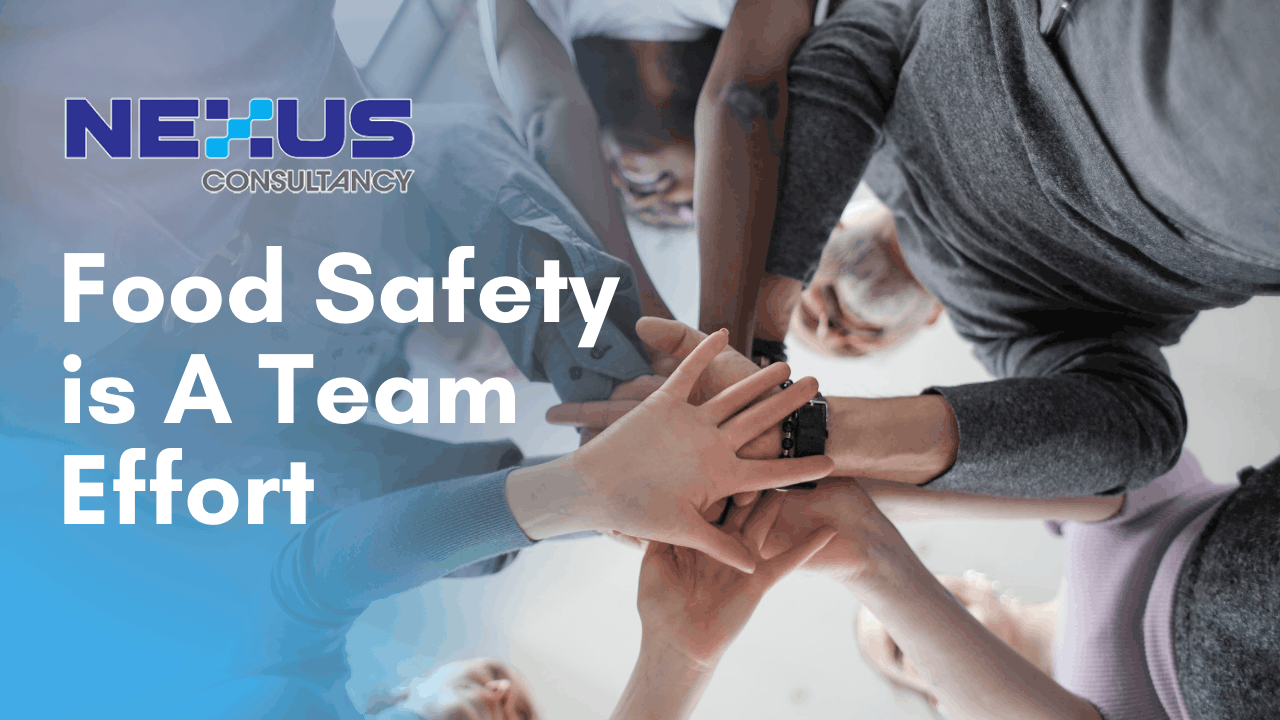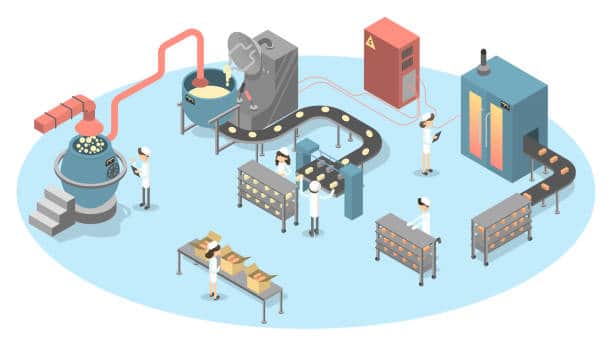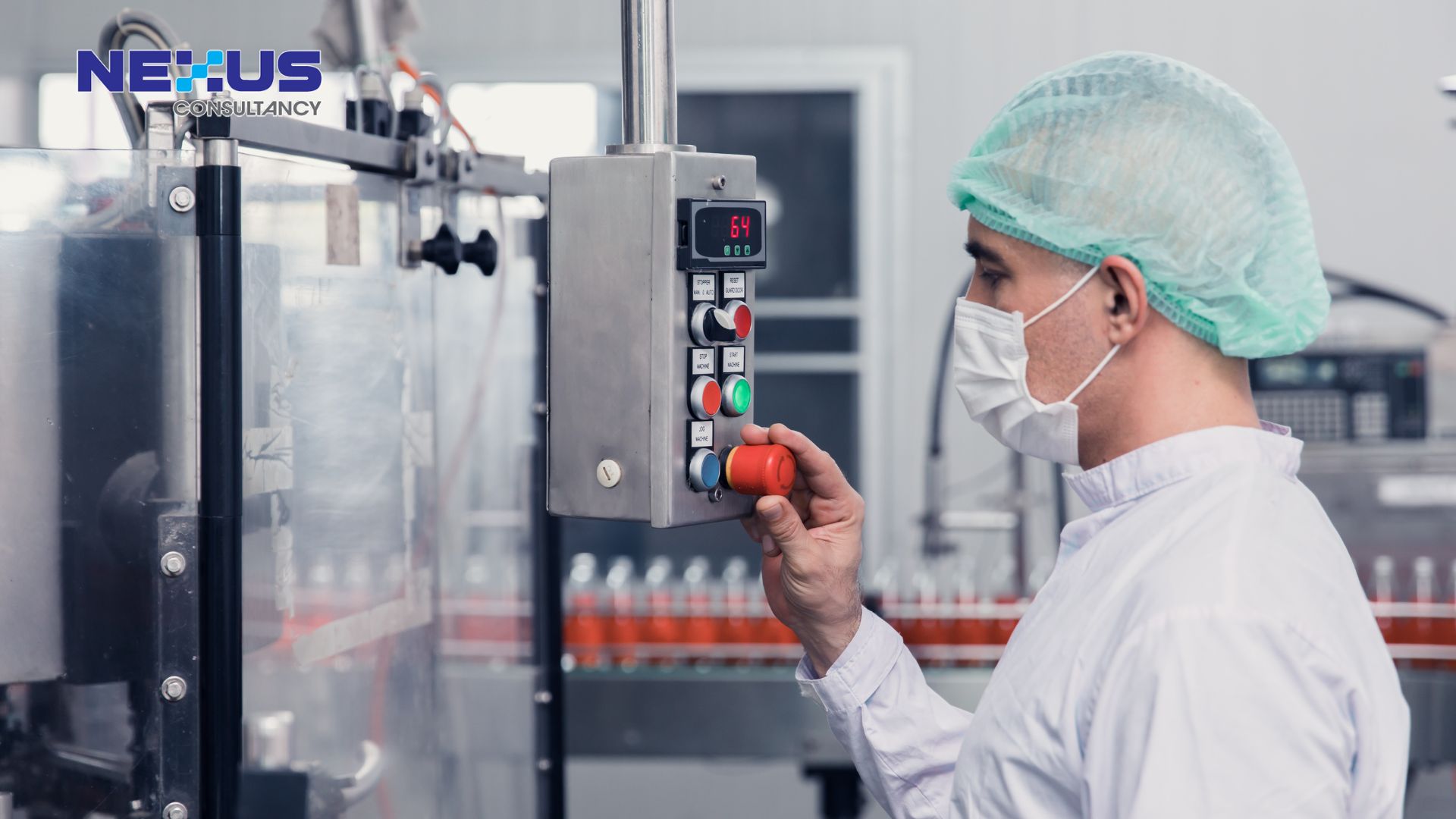
Danielle Tan
Managing Consultant
” Building a positive food safety culture requires long-term effort, however, it always starts with a commitment. You can make a commitment to start the right way by measuring what is the current food safety culture in your organization. “
– 5 mins read

One thing the COVID-19 pandemic has taught us is the need of teamwork. We feel better when we sense we are part of something bigger, whether it’s helping someone in need or working together to solve an issue.
When it comes to food safety, there isn’t much difference between what we all believe in: “teamwork.” As food safety professionals in your company, sometimes, it may feel as if:
- You are the only one who is concerned about the system and/or the safety of the food.
- You have to constantly remind everyone of their roles and responsibilities in food safety.
- You’ll have to put in countless hours to get the system “audit-ready.”
If that is how you feel, then it’s time to change!

Build A Food Safety Culture
Food safety culture in a food business is how everyone (owners, managers, employees) thinks and acts in their daily job to make sure the food they make or serve is safe. It’s about having pride in producing safe food every time, recognizing that a good quality product must be safe to eat. Food safety is your top priority.
A strong food safety culture comes from people understanding the importance of making safe food and committing to doing whatever it takes, every time. It starts at the top but needs everyone’s support across the business.
The Global Food Safety Initiative (GFSI) has published a paper on A Culture for Food Safety. It is designed to help food industry professionals promote and maintain a positive culture of food safety within their respective organizations. The GFSI TWG defines food safety cultures as “shared values, beliefs and norms that affect mindset and behavior toward food safety in, across and throughout an organization.”
So, how do we build a positive Food Safety Culture?
6 Simple Steps to Create a Positive Food Safety Culture

1. Start at the Very Top
Ensure that your top management, managers and leaders are “walking the talk”, setting a positive example for your employees. When it comes to creating a food safety culture in a business, emphasizing and demonstrating a strong commitment and mentality around food safety is just as crucial as enforcing regulations and protocols. Management can demonstrate food safety commitment by:
- Making food safety a non-negotiable priority.
- Investing in all employee’s food safety training and education.
- Supporting decisions based on food safety.
- Creating a safe environment for employees to voice their concerns regarding food safety.
Employees are watching, and if they witness someone else, especially someone in a higher position than them, taking shortcuts or making questionable decisions that are not based on food safety, they will think it is okay.
2. Explain Why

It is not enough to remind staff that they must follow certain procedures in order to ensure food safety. Explain why following each specific guideline is so vital, so they grasp the reasons behind the regulations and are more inclined and willing to follow them. Ensure that staffs are aware of the risks of inadequate food handling and hygiene (such as food poisoning and life-threatening allergic responses) and that noncompliance has consequences.
When employees understand and are held accountable for following established food safety procedures and policies, they are more likely to do the right thing, even when no one is watching.
3. Continual Food Safety Training for All Employees

Food safety training and education should be a continuous endeavor, repetition is the key to making it sustainable. New staff should be trained right away, and you should explain why food safety is and will continue to be a top priority for your company. To keep the food safety rules top-of-mind, provide ongoing updates and refresher training for all employees.
Find ways to incorporate five-minute briefing sessions into your everyday schedule in addition to standard training. Employ visual signals to remind staff of what they should and should not do. For example:
- Hand washing poster in changing room.
- Cleaning agent preparation instruction in your chemical storage room.
- Critical control point (CCP) monitoring plan in your production area (such as cooking temperature & time).
- Safe chill and frozen storage temperature.
- Information and label about food allergens in your material storage room.
4. Provide the Proper Environment, Equipment and Tool

Provide a suitable food manufacturing environment that prevent or minimize contamination. For example, ensure food production and storage areas are fully enclosed and away from external contamination. Enable food safety monitoring tasks by providing your staff the right equipment. For example, ensure food thermometers are available and calibrated to measure cooking temperature or a chiller that is functioning at the right temperature to store chilled products. These can be done digitally, which eliminates the possibility of faking documentation. Other resources also include protective clothing, chemical supplies, cleaning tools etc.
5. Stay Informed and Aware

Stay current on food safety news (such as food poisoning, food fraud, recall cases) and communicate relevant news to your team. Actions can be planned and implemented to prevent similar food safety incidents from happening in your organization. Review your Food Safety Management System at least once a year, or anytime you make any changes to your procedures that could affect food safety, to stay up to date.
6. Encourage Feedback

Although providing feedback on food safety risks can be difficult, it is critical to create a shared knowledge of risk across a company. Feedback on the food safety situation will motivate risk-based decision-making and a desire to raise understanding and improve procedures among senior and cross-functional staff.
Allow and encourage employees to submit feedback on food safety processes, policies, and tactics in a safe space. Gather feedback on a regular basis and reward it with fair and clear reward systems. Food safety feedback may include:
- Positive and negative feedback.
- Sharing best demonstrated practices.
- Learning from failures.
Food safety is never a finished product, but rather something that should be constantly enhanced. Food safety feedback and concerns provide information that can be used to improve your Food Safety Management System.
The Outcome

Employees, managers, and leaders that are personally committed to food safety will do the right thing even when no one is watching, or it is not the cheapest or fastest solution. A strong food safety culture can aid in the development and maintenance of such commitment. Good food safety measures become second nature and a source of personal pride as time passes. With a strong food safety culture in place, you would observe:
- Improvement in food safety by providing open and honest feedback.
- Clarity in food safety responsibilities. Everyone understands what they need to do and take pride in their responsibilities to produce safe food.
- Growth mindset and creativity in solving food safety problems.
How do I Start Building a Food Safety Culture?

Building a positive food safety culture requires long-term effort, however, it always starts with a commitment. You can make a commitment to start the right way by measuring what is the current food safety culture in your organization. This short questionnaire will help you do a quick ‘health check’ of your organization’s food safety culture.
Reference :
- https://www.fsrmagazine.com/expert-takes/11-steps-creating-food-safety-culture
- https://www.foodsafety.ca/blog/why-food-safety-culture-matters
- https://www.foodstandards.gov.au/foodsafety/culture/Documents/food-safety-culture-questionnaire.pdf
- A Culture of Food Safety: A Position Paper from the Global Food Safety Initiative (GFSI)
More Article
What Is Food Safety Culture and Why It Matters More Than Ever
Chief Operating OfficerLearn why food safety culture is a must-have for compliance, brand trust, and growth—backed by ISO consultants in Malaysia.In today’s competitive and tightly regulated food manufacturing landscape, compliance alone is no longer enough. To...
Why Proactive OSH Legal Compliance Is Good for Business Reputation
Chief Operating OfficerWorried about Malaysia’s OSH Act penalties or workplace audit readiness? Discover how proactive OSH compliance builds trust, reduces fines, and supports ESG goals.In today’s competitive market, companies are judged not just by their products or...
Positioning Your Brand for the Future with Strategic ESG Reporting in Malaysia
Chief Operating OfficerLooking to strengthen trust, investor appeal, and brand leadership in sustainability? Learn how ESG reporting in Malaysia is powering business growth. Start your ESG reporting journey with expert support!In a world where trust and transparency...
Why FSSC 22000 Certification Is Critical for Protecting Your Food Business and Brand in Malaysia
Chief Operating OfficerSecure your food business with FSSC 22000 certification! Enhance safety and compliance. Get expert help—Contact us today! In today's competitive food industry, maintaining food safety and consumer trust is essential. Food manufacturers,...










